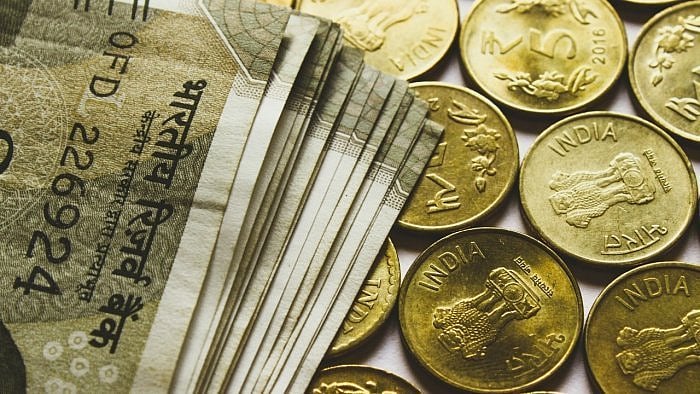
India is moving on the path of internationalisation of the Indian Rupee (INR) to hedge transaction, translation
The third deal which is underway is with Indonesia, the details which were discussed when Finance Minister Nirmala Sitharaman met her Indonesian counterpart Sri Mulyani Indrawati in Gandhinagar, Gujarat on July 17. The first two countries with which India’s Unified Payments Interface (UPI) is connected are Singapore and the United Arab Emirates (UAE).
A day prior to this meeting, on July 16, India signed an MoU with the UAE to settle trade in INR that will cover all current account and permitted capital account transactions. Now importers could use domestic currency to pay for imports from the UAE.
The agreement with Russia for trade in INR has been handy, especially after sanctions imposed on settlement in US dollars by European countries. Apart from this, the RBI has permitted the banks of 18 countries to settle payments in the domestic currency. In addition to this, 64 countries have expressed their interest to trade in the INR.
Benchmark currencies
There are more than 150 currencies in the world that are legal tender. However, cross-border payments have been dominated by the $. The $ became the medium of international payment at the Bretton Woods Conference of 1944.
Although it formally was discontinued with the end of the Bretton Woods system in the late 1970s-1980s, the $ is still designated as reserve currencies and every country has been preserving their forex reserve principally in the $. Despite this, the $ has weakened from its high of 2022. However, it still looks distinctly precious against major currencies of the world, especially against sterling pound.
Why domestic currency?
Russia, China, and a few other countries have been more vocal in questioning the $-dominated international monetary system. There is a growing demand to find an alternative to the $ considering the unilateral economic sanctions imposed by the United States on Russia for invading Ukraine.
The fact is that the gap between the $ and the nearest contender is huge, and it will be a while before that chasm is levelled. China has been pushing the Renminbi to replace the $ wherever possible, but it has been met with limited success. The Renminbi’s success will depend on how the trade war between the US and China plays out.
The $’s pole position is intact for the near future as data shows that it is still the preferred currency for international trade between countries. By end of 2021, the US dollar accounted for about 40 per cent of cross-border Swift flows.
India’s position
India is one of the fastest growing major economies in the world. It is now the fifth largest global economy with a GDP of $3.75 trillion in 2023. Given the strong economic recovery following the Covid-19 pandemic, the INR has the potential to become an international currency. Efforts to reduce transaction cost, as well as settlement time along with the introduction of the e-Rupee are aimed towards this goal.
While India is striving to internationalise the INR, it must not aim to pitch it as a reserve currency, mainly because India is far from a dominating position in world trade. India accounts for a miniscule 1.8 per cent share in leading exporters and 2.8 per cent in imports. As this share grows in the decades to come, the focus on an INR-based trade will be the right approach.
It is a long way for the INR, but deals like the ones with Singapore, the UAE, and Indonesia are steps in the right direction. There are challenges in focusing on an INR-based trade, as was recently seen when India paid Russia in Chinese Yuan. India, Russia, and China are leading the change in moving away from the $ by developing their own financial infrastructure, the success of which depends on onboarding more nations. As India’s economy expands, the focus on internationalising the Indian Rupee must increase in tandem.
(Vinay K Srivastava is associate professor, ITS Ghaziabad. Twitter: @meetdrvinay)
Disclaimer: The views expressed above are the author's own. They do not necessarily reflect the views of DH.